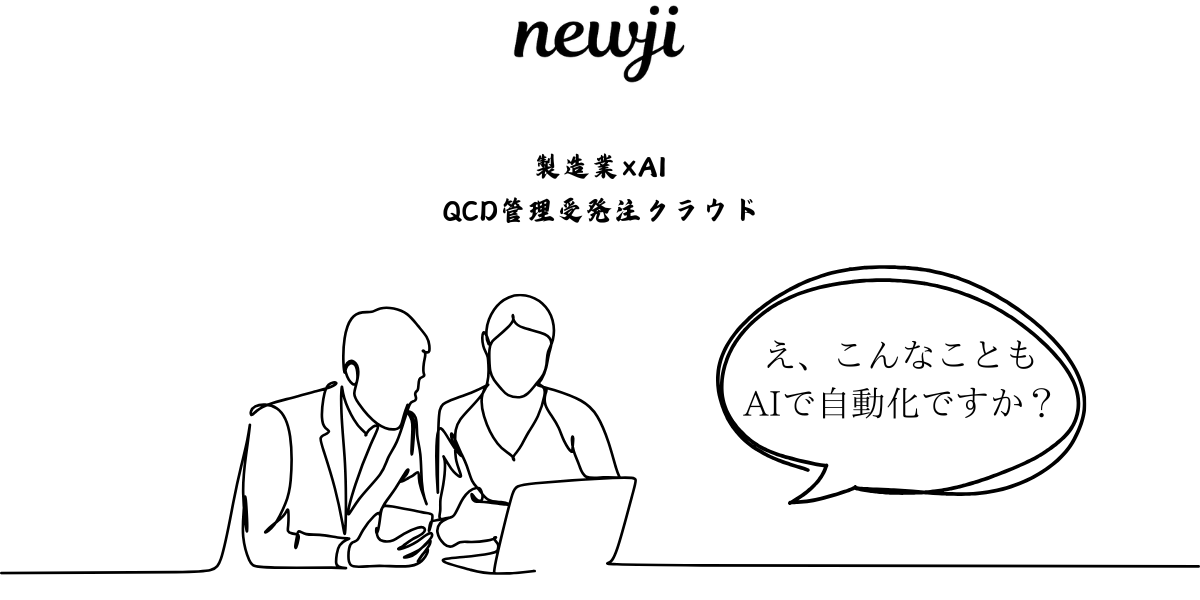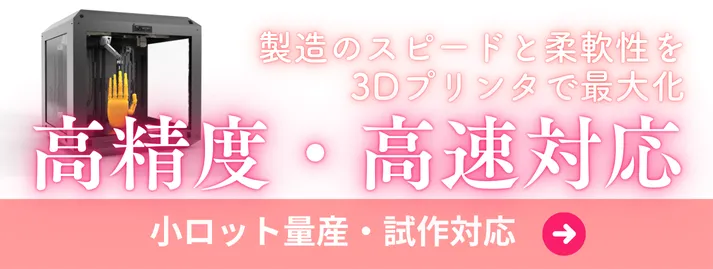- お役立ち記事
- [Large woodworking parts] A thorough comparison of the merits of prototyping using an NC router and hand finishing
月間76,176名の
製造業ご担当者様が閲覧しています*
*2025年3月31日現在のGoogle Analyticsのデータより

[Large woodworking parts] A thorough comparison of the merits of prototyping using an NC router and hand finishing

目次
Introduction to Large Woodworking Parts
Woodworking is an age-old craft that has withstood the test of time.
As technology advances, the methods and tools used in woodworking have evolved, offering artisans and manufacturers numerous ways to craft intricate designs and parts.
When it comes to large woodworking parts, two common methods of production are prototyping using an NC (Numerical Control) router and hand finishing.
Each method has its own merits and potential drawbacks.
This article will delve into a thorough comparison of these two techniques, exploring their advantages and how to choose the best method for your woodworking needs.
Understanding NC Routers
NC routers are computer-controlled cutting machines that automate the process of woodworking.
They are highly valued for their precision and efficiency.
The routers can cut, trim, and shape large wooden parts with remarkable accuracy and consistency.
Let’s explore the key merits of using an NC router for prototyping in woodworking.
Precision and Accuracy
One of the most significant advantages of using an NC router is its precision.
The machine replicates designs with exact measurements, reducing human error and enhancing the quality of the final product.
This level of accuracy is especially beneficial when producing large quantities of parts that must meet strict tolerances.
Efficiency and Speed
NC routers are known for their efficiency.
They can produce large woodworking parts much faster than traditional hand methods.
Once the router is programmed, it can run continuously, minimizing downtime and significantly increasing productivity.
Consistency and Repeatability
With the capability to replicate the same design multiple times, NC routers ensure uniformity across all parts.
This consistency is crucial, particularly in industries where standardized parts are necessary.
Exploring Hand Finishing
Despite advances in technology, hand finishing remains a popular choice for artisans who value craftsmanship and customization.
Here are the merits of using hand finishing for large woodworking parts.
Craftsmanship and Detail
Hand finishing allows for a level of craftsmanship that machines may not achieve.
Artisans can add intricate details and unique touches to their work, showcasing their skills and creativity.
Customization and Flexibility
When prototyping with hand finishing, craftsmen can easily make adjustments or modifications during the process.
This flexibility can be advantageous when working with complex designs or when incorporating client-specific requirements.
Quality and Texture
Hand-finished pieces often have a unique texture and quality that machines cannot replicate.
The human touch can enhance the beauty of the wood, providing a tactile and visually pleasing result.
Comparing Costs
While both methods have their advantages, the cost can be a deciding factor in choosing between NC routers and hand finishing for large woodworking parts.
Initial Investment
NC routers require a substantial initial investment, both in terms of the machine itself and the software needed to operate it.
In contrast, hand finishing requires relatively minimal equipment costs, making it accessible for small workshops and independent artisans.
Long-term Costs
While the initial cost of an NC router is high, its efficiency and speed can lead to lower production costs over time.
For large-scale production, the investment may prove to be cost-effective.
On the other hand, hand finishing is more labor-intensive, potentially increasing labor costs but offering initial savings on equipment.
Choosing the Right Method for Your Project
Selecting between prototyping with an NC router and hand finishing ultimately depends on the needs of your project.
Project Scale and Volume
For large projects requiring high volumes of identical parts, an NC router is likely the best choice.
Its speed and consistency make it suitable for large-scale production.
For smaller batches or projects where uniqueness is valued, hand finishing might be more appropriate.
Design Complexity and Detail
If your project involves intricate designs or exceptional detail that require a craftsman’s touch, hand finishing is preferable.
For simpler, more standardized designs, an NC router can efficiently handle the task.
Budget and Resources
Consider your budget and available resources.
NC routers necessitate a significant upfront investment but can lower costs in the long run for continuous production.
Hand finishing offers flexibility and lower initial costs but could incur higher labor expenses over time.
Conclusion
Both NC routers and hand finishing have distinct advantages when it comes to prototyping large woodworking parts.
Choosing the right method depends on various factors, including the scale of the project, design complexity, budget, and personal preference.
Understanding the merits of each approach allows you to make an informed decision tailoring the woodworking process to meet your specific needs and achieve optimal results.
 資料ダウンロード
資料ダウンロード
QCD管理受発注クラウド「newji」は、受発注部門で必要なQCD管理全てを備えた、現場特化型兼クラウド型の今世紀最高の受発注管理システムとなります。
 ユーザー登録
ユーザー登録
受発注業務の効率化だけでなく、システムを導入することで、コスト削減や製品・資材のステータス可視化のほか、属人化していた受発注情報の共有化による内部不正防止や統制にも役立ちます。
 NEWJI DX
NEWJI DX
製造業に特化したデジタルトランスフォーメーション(DX)の実現を目指す請負開発型のコンサルティングサービスです。AI、iPaaS、および先端の技術を駆使して、製造プロセスの効率化、業務効率化、チームワーク強化、コスト削減、品質向上を実現します。このサービスは、製造業の課題を深く理解し、それに対する最適なデジタルソリューションを提供することで、企業が持続的な成長とイノベーションを達成できるようサポートします。
 製造業ニュース解説
製造業ニュース解説
製造業、主に購買・調達部門にお勤めの方々に向けた情報を配信しております。
新任の方やベテランの方、管理職を対象とした幅広いコンテンツをご用意しております。
 お問い合わせ
お問い合わせ
コストダウンが利益に直結する術だと理解していても、なかなか前に進めることができない状況。そんな時は、newjiのコストダウン自動化機能で大きく利益貢献しよう!
(β版非公開)









